A robot helped me park an SUV that drives like a yacht
Parallel or perpendicular, the car has it covered
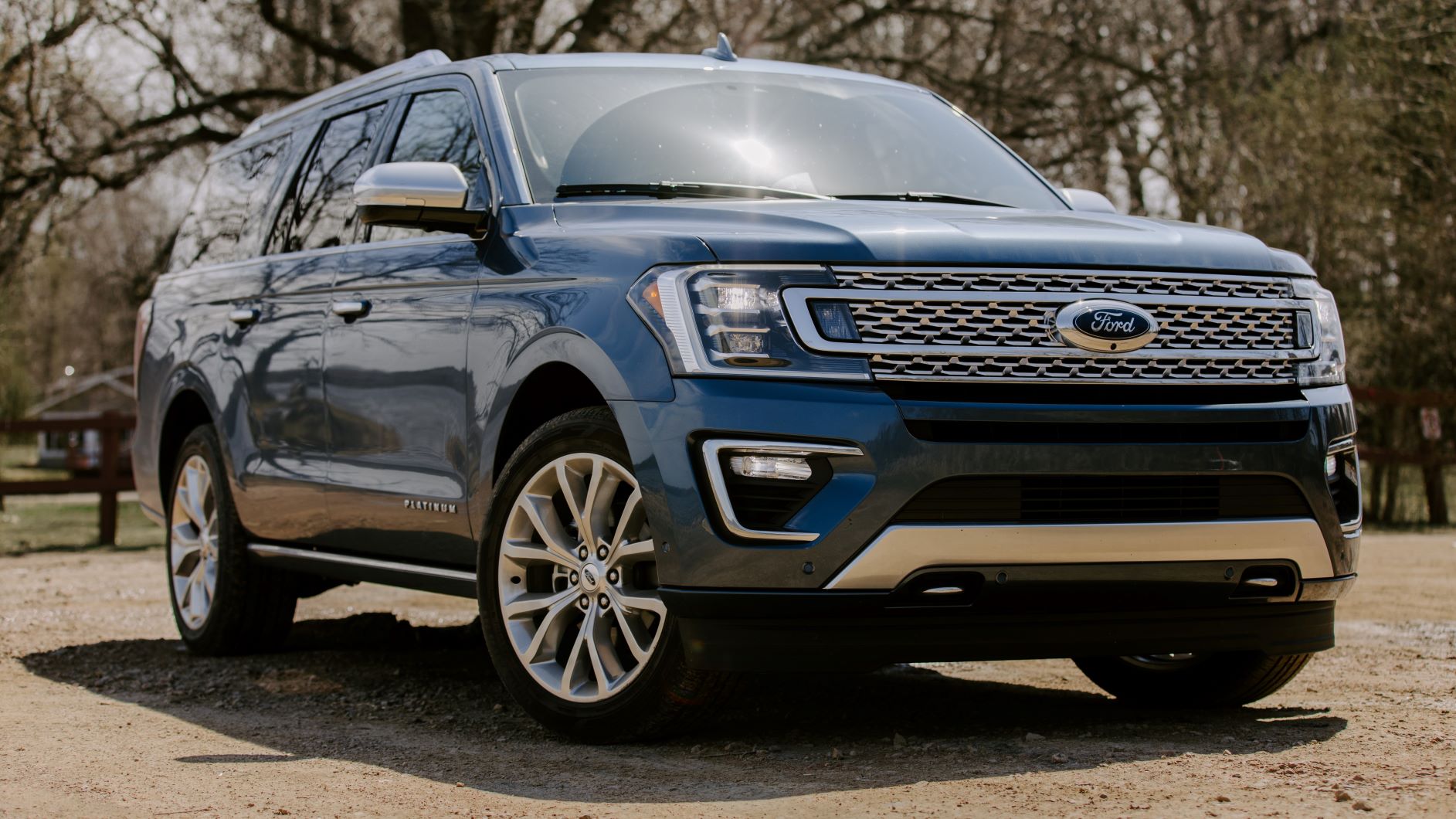
The 2019 Ford Expedition is one of the biggest SUVs on the market. It has room for eight people to sit comfortably and still provides plenty of storage. (A total of 104.6 cubic feet of space for cargo.) In fact, the vehicle is 17.5 feet long, from front fender to rear bumper.
It’s case you’re trying to picture how big that is, think of a small yacht. And, as you can imagine, it’s really fun to park.
Even though it’s been around a while, I’ve never tested Ford Active Park Assist feature on such a massive SUV before, especially in a crowded parking lot. I decided to spend a few hours at a shopping mall and at a college parking lot to see if the bot actually worked.
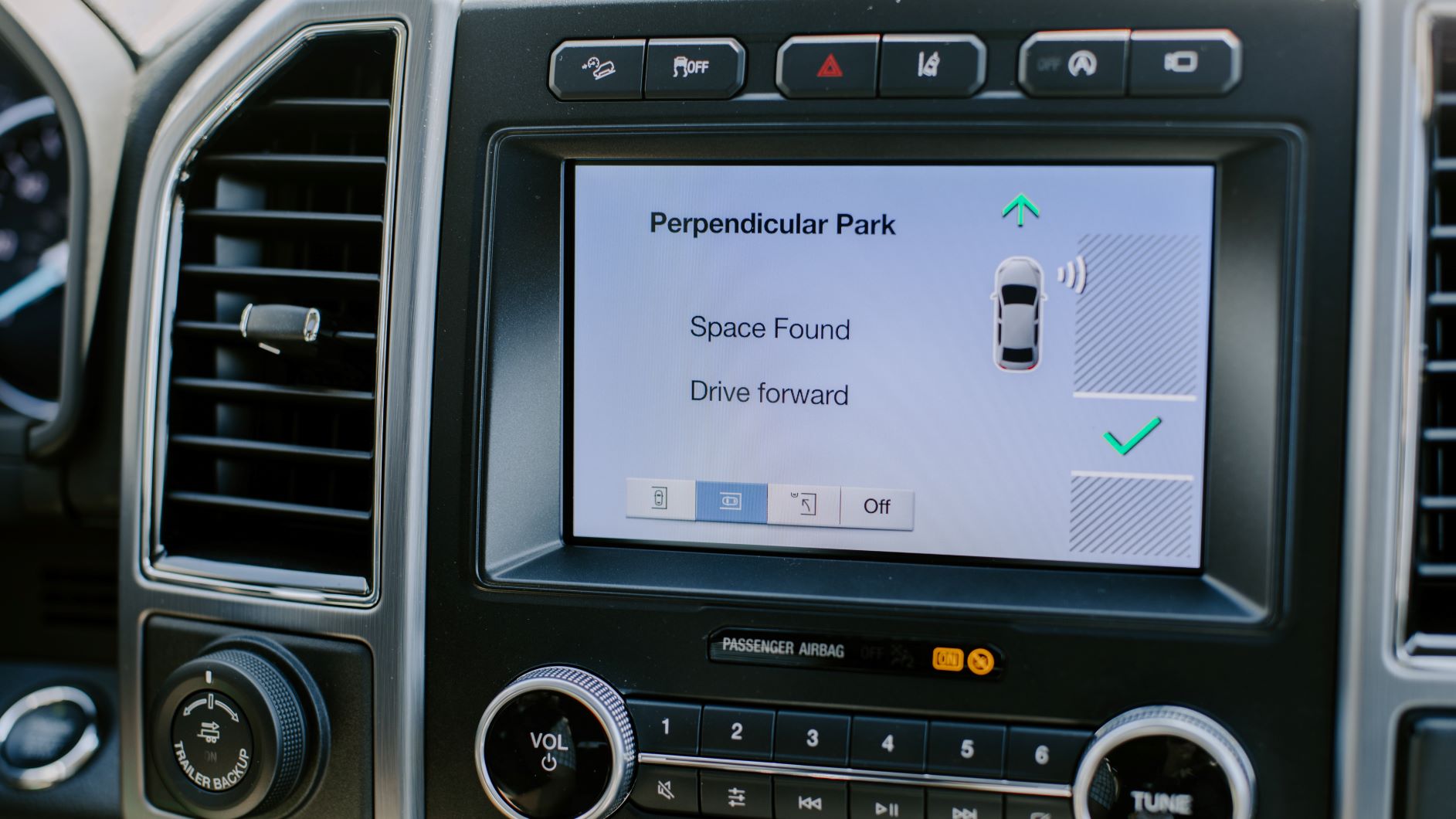
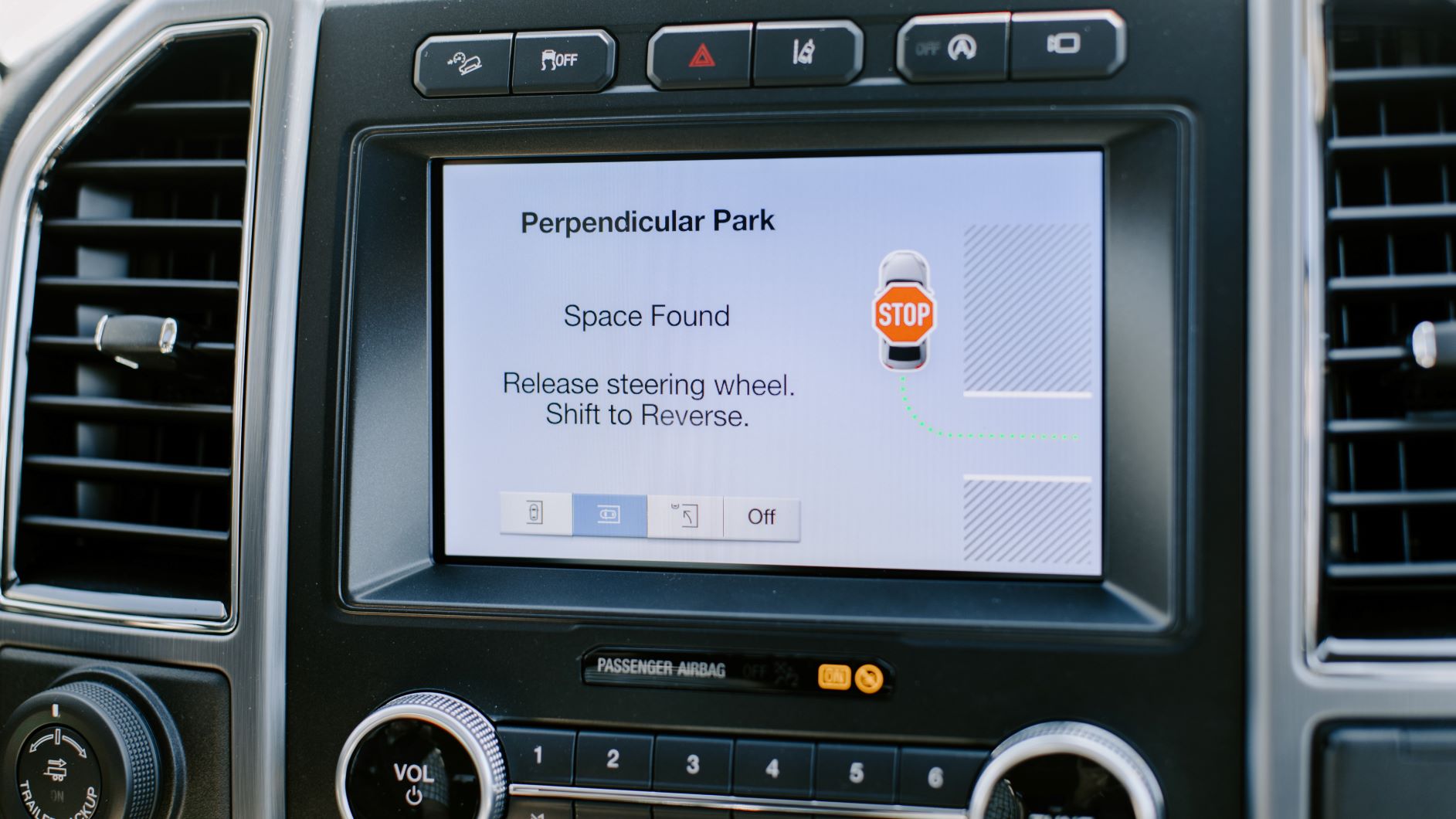

To use the feature, you press a small button in the center console, between the seats. Once engaged, you can select whether you want the bot to help you parallel park or assist with the more common perpendicular park (the normal parking spots at the mall with the yellow lines).
I selected perpendicular park, and the screen prompted me that it was starting to look for open spots. I could control whether the Ford Expedition looked to the left or the right of the vehicle by using the turn signal, so I signaled left. After a few minutes, the car then alerted me that it had found a spot, and told me to pull forward a bit. Then, it told me to stop.
All of these directions were clear and visually engaging. The instructions didn’t leave anything open to interpretation or guesswork. I stopped, and the Expedition then told me to shift into reverse. I watched as the bot controlled the steering for me as I reversed maybe ten more feet. Then, the Expedition starting angling the yacht-sized SUV into position.
Cutting it close
Because we’re talking about algorithms and sensors here, my first thought with this size of a vehicle was that it seemed to cut the angle a little close. The truth is, I’m sure Ford engineers debated about whether to make the corner really tight or whether the car should pull back, pull forward, and repeat that a few times. Is it better to get the parking assistance over with quickly? The answer is yes. Even though the corner was tight, it still worked.
Sign up for breaking news, reviews, opinion, top tech deals, and more.
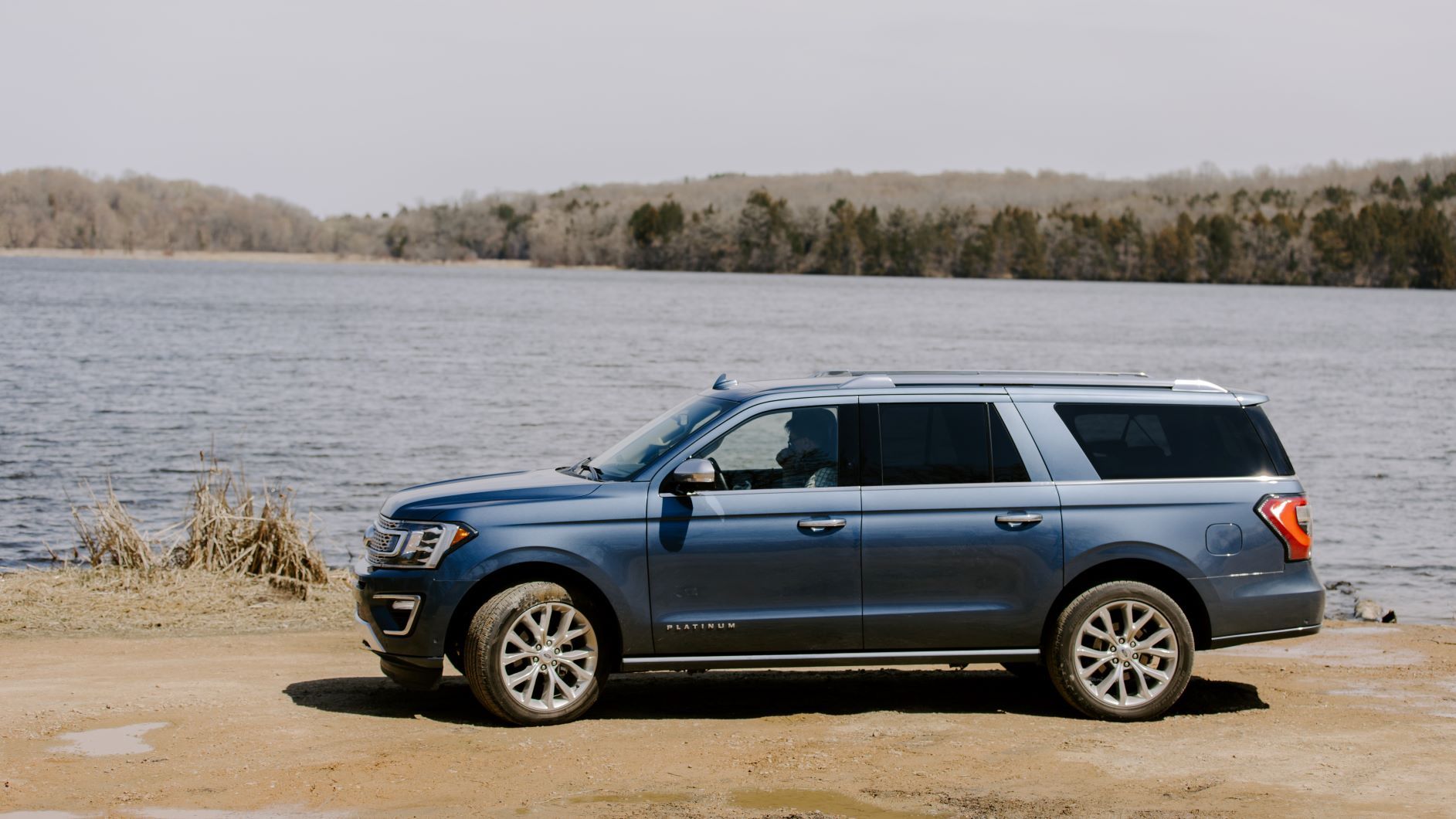
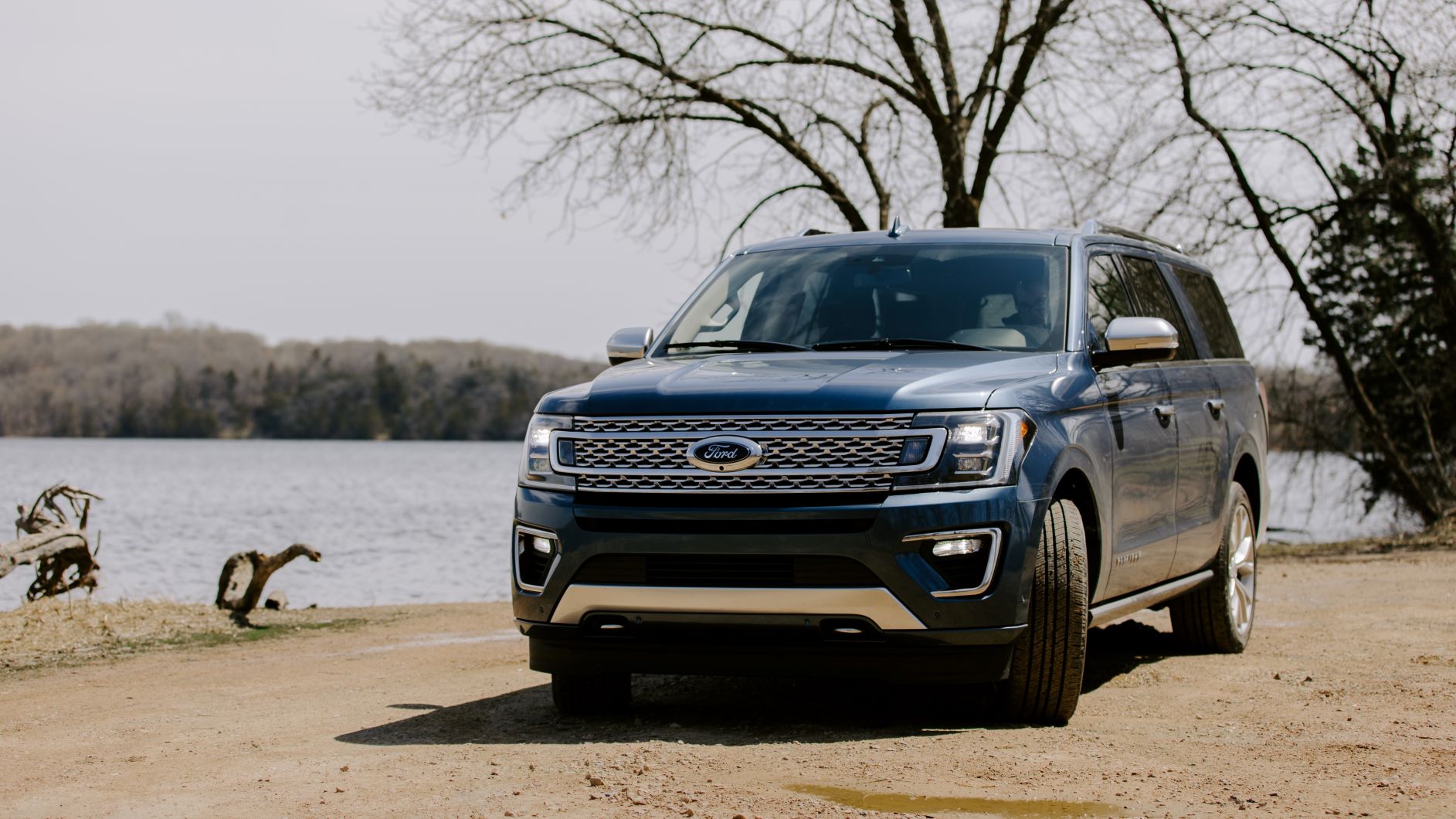


The Expedition did instruct me to pull forward once (while still controlling the steering). Yet, the entire process took about five minutes. Eventually, I learned to trust the sensors and stopped wondering if the vehicle was cutting the corner too sharply. After coming to a final resting place, the entire process always felt like it was smooth and obvious, that the car was in full control.
It’s amazing technology, something I’ve tested many times in smaller Ford vehicles. In the Expedition, it’s really helpful because of the vehicle size. I could see someone who isn't that great at parking using this feature regularly, relying on the sensors and the automated steering and even abandoning the parking stall if the sensors beep too many times.
It’s a technology that makes the most sense on a massive SUV, and not as much sense on smaller cars like the Ford Focus that are much easier to park. It seems as though, in a smaller car, it might take more time to use Active Park Assist than to just be careful.
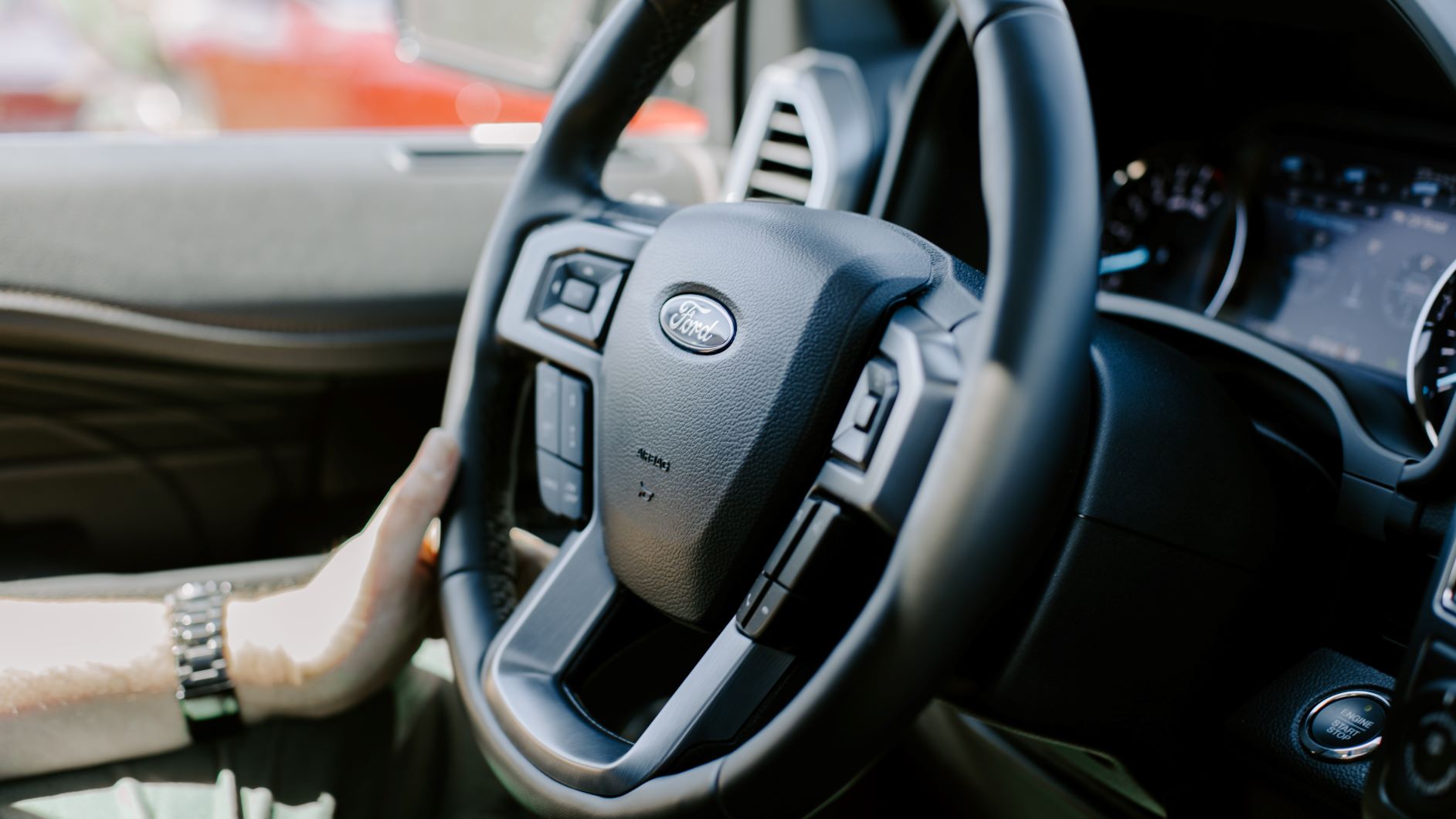
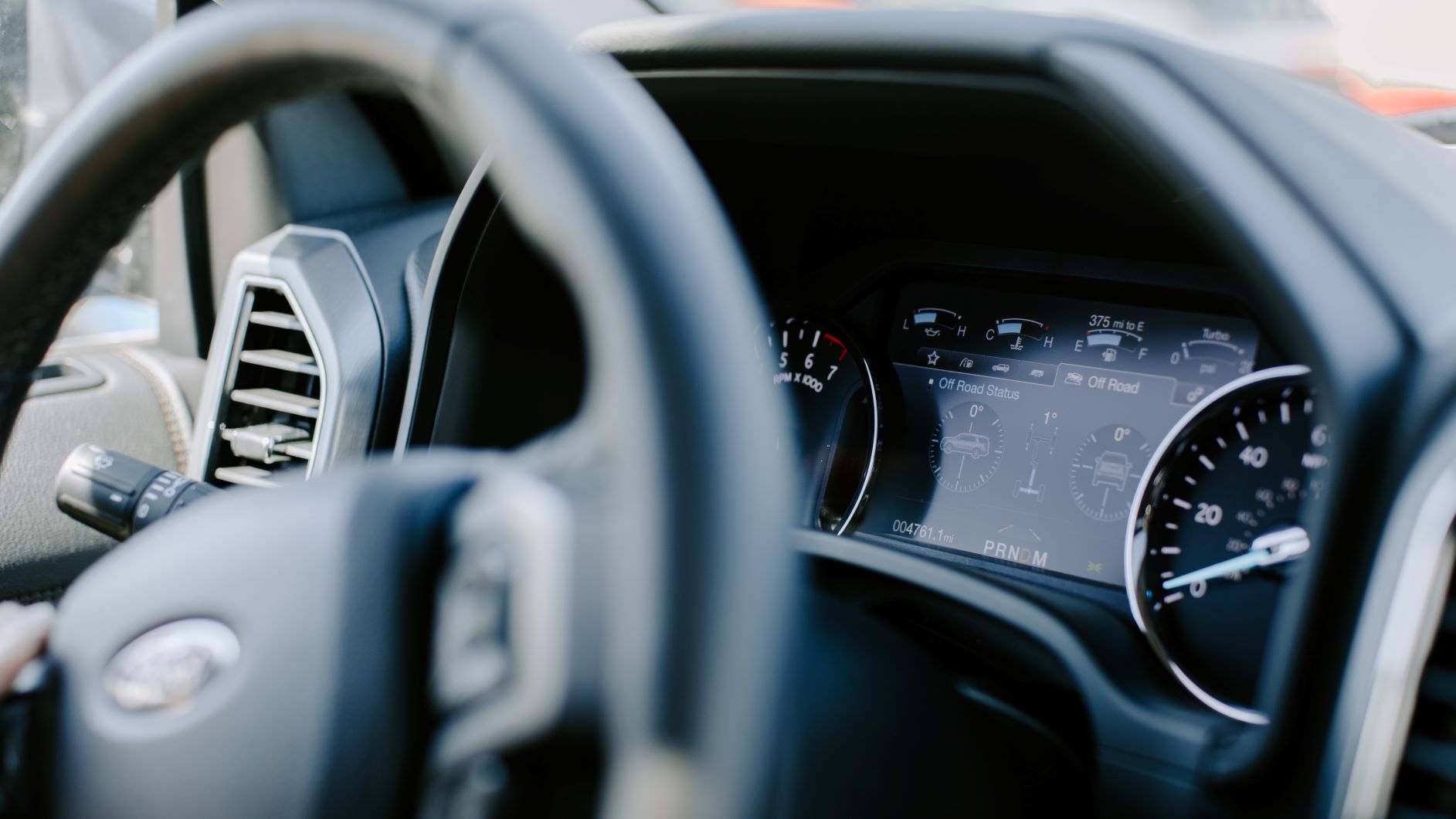


On The Road is TechRadar's regular look at the futuristic tech in today's hottest cars. John Brandon, a journalist who's been writing about cars for 12 years, puts a new car and its cutting-edge tech through the paces every week. One goal: To find out which new technologies will lead us to fully self-driving cars.

John Brandon has covered gadgets and cars for the past 12 years having published over 12,000 articles and tested nearly 8,000 products. He's nothing if not prolific. Before starting his writing career, he led an Information Design practice at a large consumer electronics retailer in the US. His hobbies include deep sea exploration, complaining about the weather, and engineering a vast multiverse conspiracy.